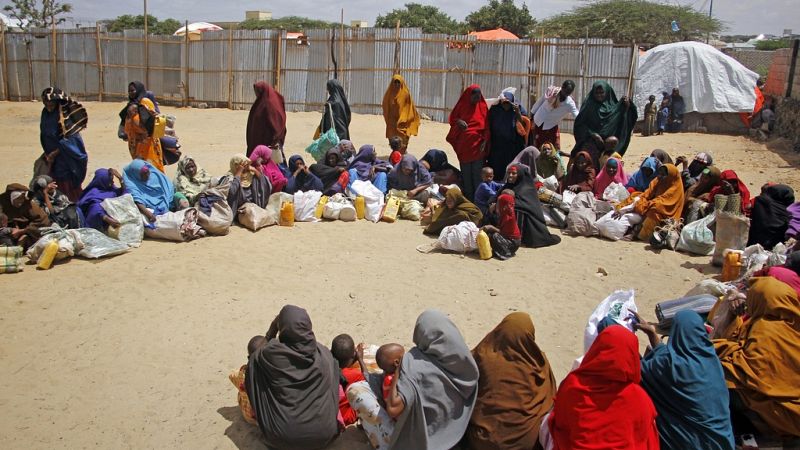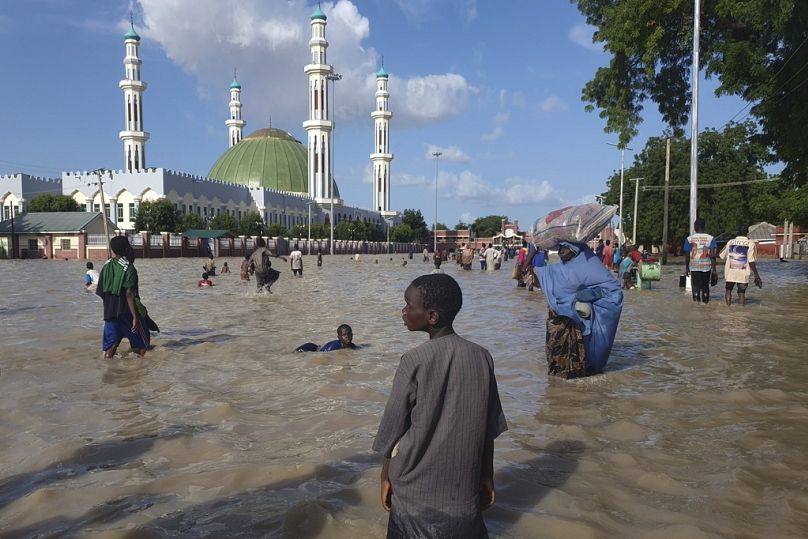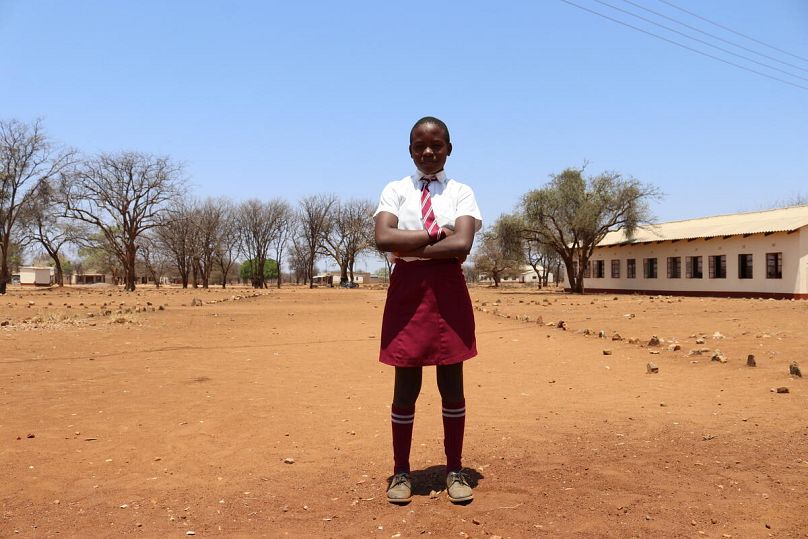‘Children must be a top priority’: What the most vulnerable need COP29 negotiators to focus on

About one in eight children globally have been significantly impacted by the 10 biggest extreme weather events so far this year, according to the child rights organisation Save the Children.
Hundreds of millions of children have been forced to flee their homes, becoming reliant on aid or missing out on school.
With climate change, extreme weather events are becoming more frequent and severe, with children often bearing the brunt of these disasters.
400 million children affected by school closures due to extreme weather events
New analysis by Save the Children showed that from 1 January until 29 October, about 300 million children across Asia, Africa and Brazil - some 12.5 per cent of the total child population of 2.4 billion - were affected by the worst extreme climate events.
Recent research from the World Bank found that on average, a staggering 400 million students have experienced school closures from extreme weather since 2022.
Tropical storm Trami, which tore through the Philippines weeks ago, suspended school for 19.5 million children.
Flooding across West and Central Africa forced 10 million children out of school while an unprecedented heatwave across South Asia drove 256 million children out of school.
‘The flood destroyed everything in our home’
Floods in northeast Nigeria uprooted Kyariyam, 12, and her family from their home in September. They are now living in a camp for displaced people.
“The flood destroyed everything in our home [...] It washed away our clothes, school uniforms, and books. It’s something I will never forget. This is the first time I’ve ever seen such a flood. I never imagined water could submerge an entire house in just a few minutes,” Kyariyam says.
“Half our school was completely destroyed. I feel really bad that I’m no longer able to go to school. I constantly worry about how I will catch up.”
Millions of children in need of humanitarian assistance
According to the UN, human-induced climate change has also aggravated the El Nino-linked drought that has scorched land and destroyed harvests across southern Africa for most of this year.
In this region, 70 per cent of the population relies on agriculture to survive. The UN has called this the worst drought in 100 years.
Zinhle, 14, is from Zimbabwe, where planting was delayed by two months or more, significantly affecting maize yields, and putting 7.6 million people - 47 per cent of the population - at risk of acute hunger.
Her mother - a single parent - used to sell goats which provided her with the means to pay for school fees. But almost all their livestock died due to a lack of food and water.
“We ploughed our fields, but all the crops were burnt by the sun and we didn't get anything from the fields. At home, we used to eat three meals a day, but now we eat two meals,” Zinhle says.
Zinhle adds that some of her friends have been so badly affected that they have had to drop out of school to seek work in a mine.
Children were also impacted by other instances of floods, cyclones and monsoons across Bangladesh, the Horn of Africa, the Democratic Republic of Congo (DRC), South Sudan, and Brazil.
Typhoon Yagi, which tore through Southeast Asia in September, put around 1.5 million children in need of humanitarian assistance.
Urgent need to put children at the centre of climate change response
With climate change, extreme weather events are becoming more frequent and severe, with children often bearing the brunt of these disasters.
The World Meteorological Organization has estimated the number of global extreme weather events has increased five-fold in the past 50 years.
Save the Children said the analysis showing the extent to which children are impacted highlights the urgency to put children at the centre of every level of the climate change response at the COP29 climate change summit in Baku.
With the majority of the children affected living in low- and middle-income countries, world leaders need more than ever to prioritise the voices and experiences of children living with poverty, inequality and discrimination.
At COP29 in Baku, Save the Children is calling for children’s rights, voices and unique vulnerabilities to be factored into the New Collective Quantified Goal on Climate Finance (NCQG) as well as national and global adaptation plans.
The organisation is also calling for improved opportunities for children’s participation at COP so that they can be involved in the decision-making that affects them.
“This is a matter of climate justice. At this year's COP, the rights, voices, and unique vulnerabilities of children must be a top priority in critical discussions on climate finance, adaptation and the wider negotiations,” says Inger Ashing, CEO of Save the Children International.
“This is not just a climate crisis, it's a child rights crisis - and urgent action from world leaders is non-negotiable.”
Kyariyam says she wants world leaders at COP29 to step up to support her community.
“I would ask them to help rebuild our communities and schools,” she says. “They should create proper water channels to prevent future floods. We also need support with school uniforms and books to return to learning.”
Yesterday



